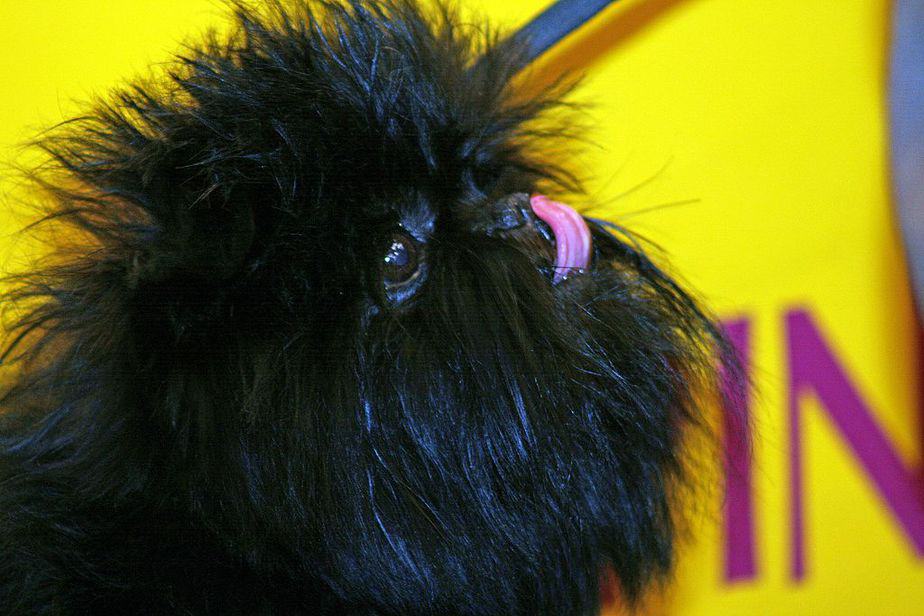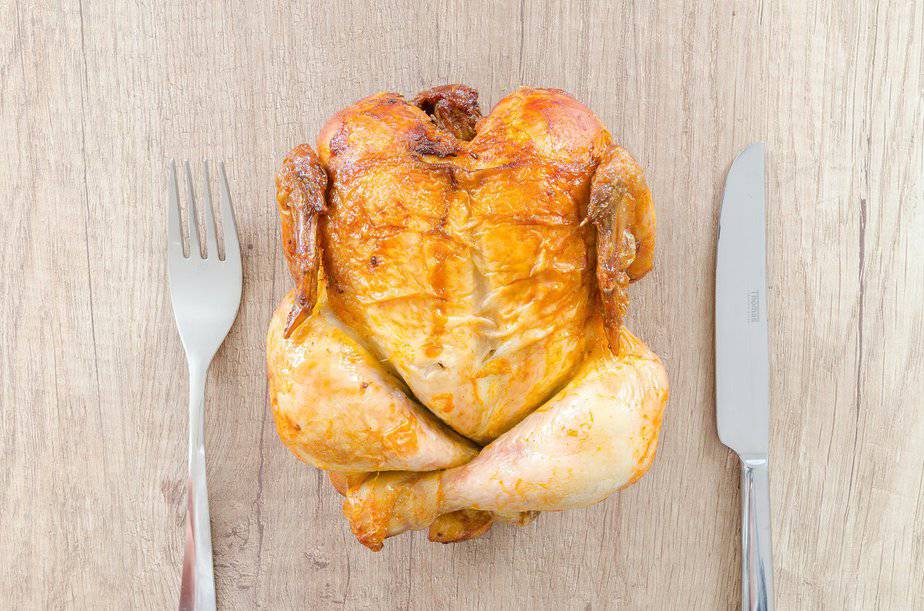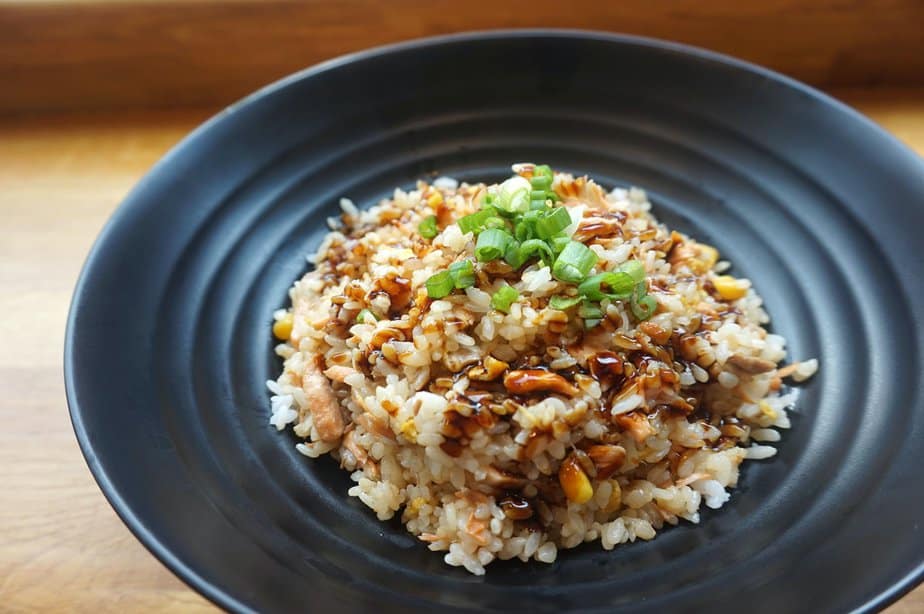Freeze-dried dog food, has become increasingly in recent years. This type of dog food is basically fresh meat that has had all its moisture sucked out through freezing temperatures and a multi-step drying process. You can buy it in many forms, from dinner patties to food toppers to bite-sized nibbles.
Freeze-Dried Dog Food: The Pros and Cons
- Freeze-dried dog food is shelf-stable for years
- It comes in many varieties and is good for different dog diets
- It’s a great alternative to raw ingredients for your pet
- It can become your dog’s sole diet, be mixed in or sprinkled on top of regular dog food, or given as treats.
- Raw nutrition can be expensive: according to Nielsen data, freeze-dried pet food costs on average, at $33 per pound, compared to $10 or $11 for air-dried or dehydrated pet foods.
Is freeze-dried food healthy for dogs?
As long as they’re made with nutritious ingredients, freeze-dried meats and fish (like salmon) can be very healthy options for dogs. As long as you provide balanced nutrition for your pet, including freeze-dried protein, you should be all good!
This type of food is healthier than kibble according to our vet. We checked online and there seems to be a consensus regarding that fact. It helps clean your dog’s teeth, like kibble does because it’s abrasive. Nothing beats fresh ingredients but freeze-dried food is a good substitute.
Source: dogloverspup.com and k9ofmine.com
Why is freeze-dried bad for dogs?
Freeze-dried products come in a number of formulations, from high-protein, to high-fat/moderate-protein. Some are very high in fat: up to 30% fat or more. You should limit fat to 10% to 20% otherwise this will be an issue as you need to ensure essential nutrients like vitamins are not cannibalized by the fat.
Do you have to add water to freeze-dried dog food?
Most of types of foods that are freeze-dried are meant to be rehydrated with water before serving. We tend to use hot water as it speeds up the process (in our opinion). There are also small cubes meant to be fed as treats. Those do not need to be turned into wet food. You can feed them to your pet as it. In general, though, adding water will bulk up the meat pieces. This ensures that the food is more filling and easier to digest.
What is the difference between dehydrated and freeze-dried dog food?
Not all dehydrated dog food is freeze-dried. We wondered what the difference is:
- “Often dehydrated food is one where the water is removed using warm air,” rather than the cold-temperature process used to freeze-dry” – Dr. Joe Bartges, board-certified veterinary nutritionist.
- Dehydration removes approximately 90-95 percent of moisture, while freeze-drying removes about 98-99 percent.
- Rehydration: freeze-dried pet food will rehydrate within 2-3 minutes while dehydrated pet food can often take 5-10 minutes.
A few things you should know
This type of food looks different than say fresh beef or high-protein kibble. It is considered to be part of a raw meat diet but it looks weird. I can’t really explain it. It just doesn’t look very appetizing (even when it’s rehydrated) but our dog loves it. We’ve been using a freeze-dried raw dog food topper and our dog always runs for it…when she usually stays as far away from kibble as she can.
We found a quote from a vet online, Dr. Ruth Roberts that goes along with what our pet store owner told us: “unlike fresh raw meat, some freeze-dried raw dog foods also go through high-pressure processing (HPP), a pasteurization process used to decrease quantities of bacteria such as Listeria, Salmonella, and E. coli.”
Freeze-dried still means your dog is eating raw food
Veterinarians also worry about illness-causing bacteria. Ours is not fond of the raw diet trend because of microbial pathogens like Salmonella, E. coli and Listeria. Some freeze-drying process guarantees food free of pathogens but not all of them do.
Where to Buy Freeze-Dried Dog Food
Freeze-dried dog food is widely available. We first found it on the shelves of our local pet shop and it’s a small independent type of store in Montreal.




